TECHNOLOGY TO PREDICT CONCRETE STRENGTH
입력 2022.02.28 (15:15)
수정 2022.02.28 (16:47)
읽어주기 기능은 크롬기반의
브라우저에서만 사용하실 수 있습니다.
[Anchor Lead]
Korean researchers have developed a technology for predicting the strength of concrete using optical fiber sensors. It is expected to help prevent tragedies caused by building collapses as a result of weak concrete.
[Pkg]
A metallic cable containing optical fiber is embedded in concrete. The optical fiber is equipped with a sensor for measuring the concrete's temperature, tension and crevices. This optical based multiple array sensor system has been developed by the Electronics and Telecommunications Research Institute to predict the strength of concrete. The technology forecasts the long-term strength of concrete by measuring the hydration heat emitted during concrete curing and observing a concrete mixing ratio, internal temperature and external environment.
[Soundbite] Park Hyung-jun(Senior researcher, ETRI) : "This technology can detect crevices, vibration and collapses in buildings in advance. It allows to monitor the safety of buildings using sensors and IoT."
The ETRI has produced pilot products and test beds for assessing the use of the new system at construction sites. It is monitoring the hydration heat and maturity of concrete in the winter season. Once the new technology is utilized, it will allow for a measure of the long-term strength of concrete as well as monitor crevices and external noise.
[Soundbite] Lee Gil-haeng(ETRI) : "This technology can be used in daily life to prevent accidents by detecting cracks and water leaks during concrete curing on roads or inside reservoirs."
The institute plans to transfer the technology to construction and safety-related companies as early as October.
Korean researchers have developed a technology for predicting the strength of concrete using optical fiber sensors. It is expected to help prevent tragedies caused by building collapses as a result of weak concrete.
[Pkg]
A metallic cable containing optical fiber is embedded in concrete. The optical fiber is equipped with a sensor for measuring the concrete's temperature, tension and crevices. This optical based multiple array sensor system has been developed by the Electronics and Telecommunications Research Institute to predict the strength of concrete. The technology forecasts the long-term strength of concrete by measuring the hydration heat emitted during concrete curing and observing a concrete mixing ratio, internal temperature and external environment.
[Soundbite] Park Hyung-jun(Senior researcher, ETRI) : "This technology can detect crevices, vibration and collapses in buildings in advance. It allows to monitor the safety of buildings using sensors and IoT."
The ETRI has produced pilot products and test beds for assessing the use of the new system at construction sites. It is monitoring the hydration heat and maturity of concrete in the winter season. Once the new technology is utilized, it will allow for a measure of the long-term strength of concrete as well as monitor crevices and external noise.
[Soundbite] Lee Gil-haeng(ETRI) : "This technology can be used in daily life to prevent accidents by detecting cracks and water leaks during concrete curing on roads or inside reservoirs."
The institute plans to transfer the technology to construction and safety-related companies as early as October.
■ 제보하기
▷ 카카오톡 : 'KBS제보' 검색, 채널 추가
▷ 전화 : 02-781-1234, 4444
▷ 이메일 : kbs1234@kbs.co.kr
▷ 유튜브, 네이버, 카카오에서도 KBS뉴스를 구독해주세요!
- TECHNOLOGY TO PREDICT CONCRETE STRENGTH
-
- 입력 2022-02-28 15:15:26
- 수정2022-02-28 16:47:07
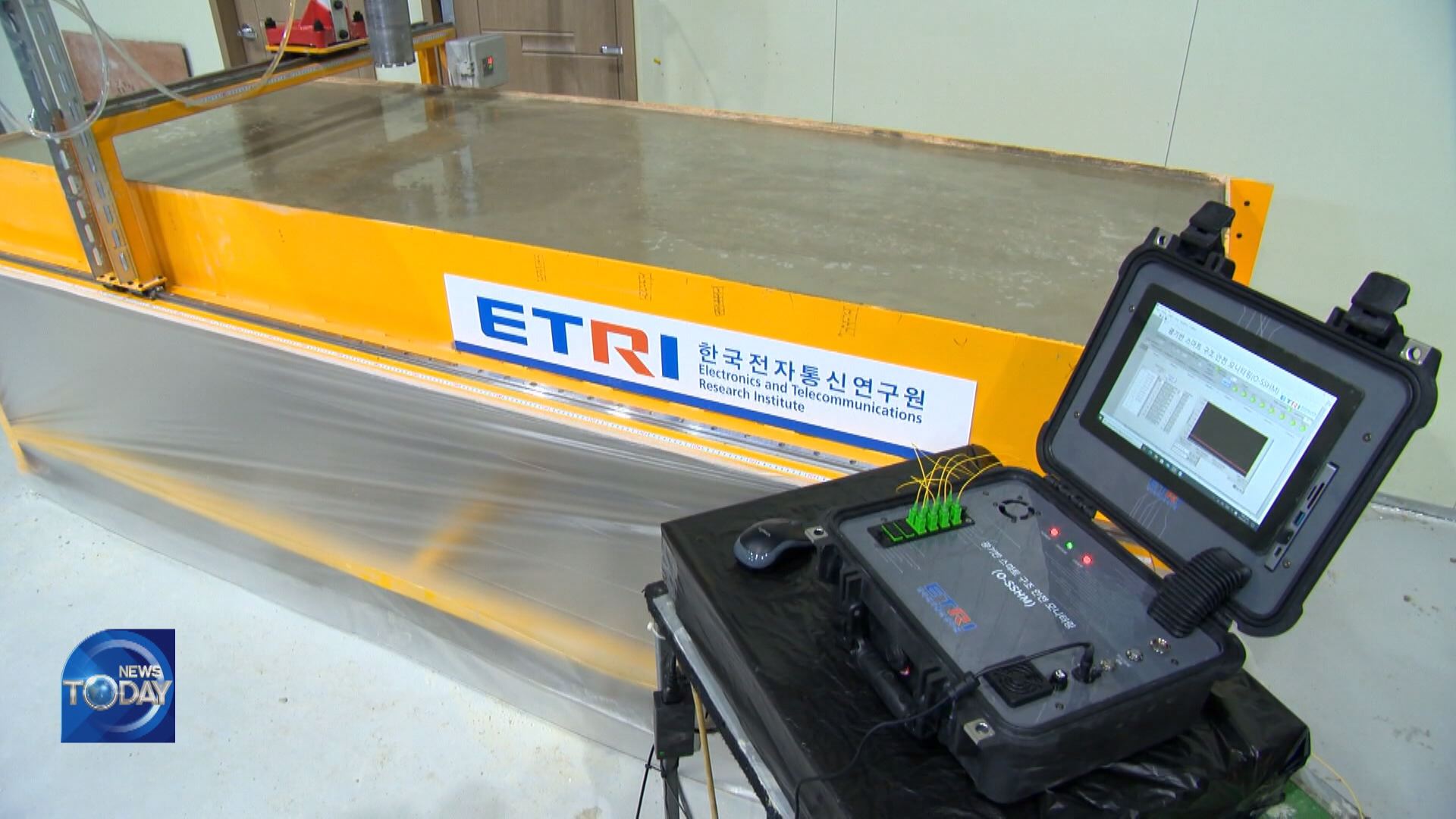
[Anchor Lead]
Korean researchers have developed a technology for predicting the strength of concrete using optical fiber sensors. It is expected to help prevent tragedies caused by building collapses as a result of weak concrete.
[Pkg]
A metallic cable containing optical fiber is embedded in concrete. The optical fiber is equipped with a sensor for measuring the concrete's temperature, tension and crevices. This optical based multiple array sensor system has been developed by the Electronics and Telecommunications Research Institute to predict the strength of concrete. The technology forecasts the long-term strength of concrete by measuring the hydration heat emitted during concrete curing and observing a concrete mixing ratio, internal temperature and external environment.
[Soundbite] Park Hyung-jun(Senior researcher, ETRI) : "This technology can detect crevices, vibration and collapses in buildings in advance. It allows to monitor the safety of buildings using sensors and IoT."
The ETRI has produced pilot products and test beds for assessing the use of the new system at construction sites. It is monitoring the hydration heat and maturity of concrete in the winter season. Once the new technology is utilized, it will allow for a measure of the long-term strength of concrete as well as monitor crevices and external noise.
[Soundbite] Lee Gil-haeng(ETRI) : "This technology can be used in daily life to prevent accidents by detecting cracks and water leaks during concrete curing on roads or inside reservoirs."
The institute plans to transfer the technology to construction and safety-related companies as early as October.
Korean researchers have developed a technology for predicting the strength of concrete using optical fiber sensors. It is expected to help prevent tragedies caused by building collapses as a result of weak concrete.
[Pkg]
A metallic cable containing optical fiber is embedded in concrete. The optical fiber is equipped with a sensor for measuring the concrete's temperature, tension and crevices. This optical based multiple array sensor system has been developed by the Electronics and Telecommunications Research Institute to predict the strength of concrete. The technology forecasts the long-term strength of concrete by measuring the hydration heat emitted during concrete curing and observing a concrete mixing ratio, internal temperature and external environment.
[Soundbite] Park Hyung-jun(Senior researcher, ETRI) : "This technology can detect crevices, vibration and collapses in buildings in advance. It allows to monitor the safety of buildings using sensors and IoT."
The ETRI has produced pilot products and test beds for assessing the use of the new system at construction sites. It is monitoring the hydration heat and maturity of concrete in the winter season. Once the new technology is utilized, it will allow for a measure of the long-term strength of concrete as well as monitor crevices and external noise.
[Soundbite] Lee Gil-haeng(ETRI) : "This technology can be used in daily life to prevent accidents by detecting cracks and water leaks during concrete curing on roads or inside reservoirs."
The institute plans to transfer the technology to construction and safety-related companies as early as October.
이 기사가 좋으셨다면
-
좋아요
0
-
응원해요
0
-
후속 원해요
0










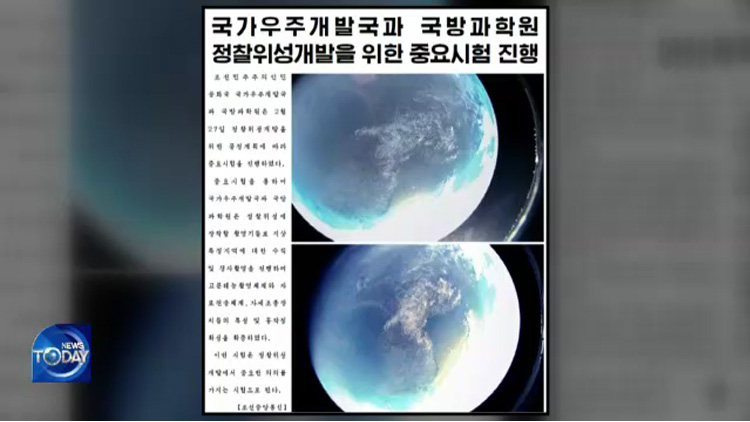

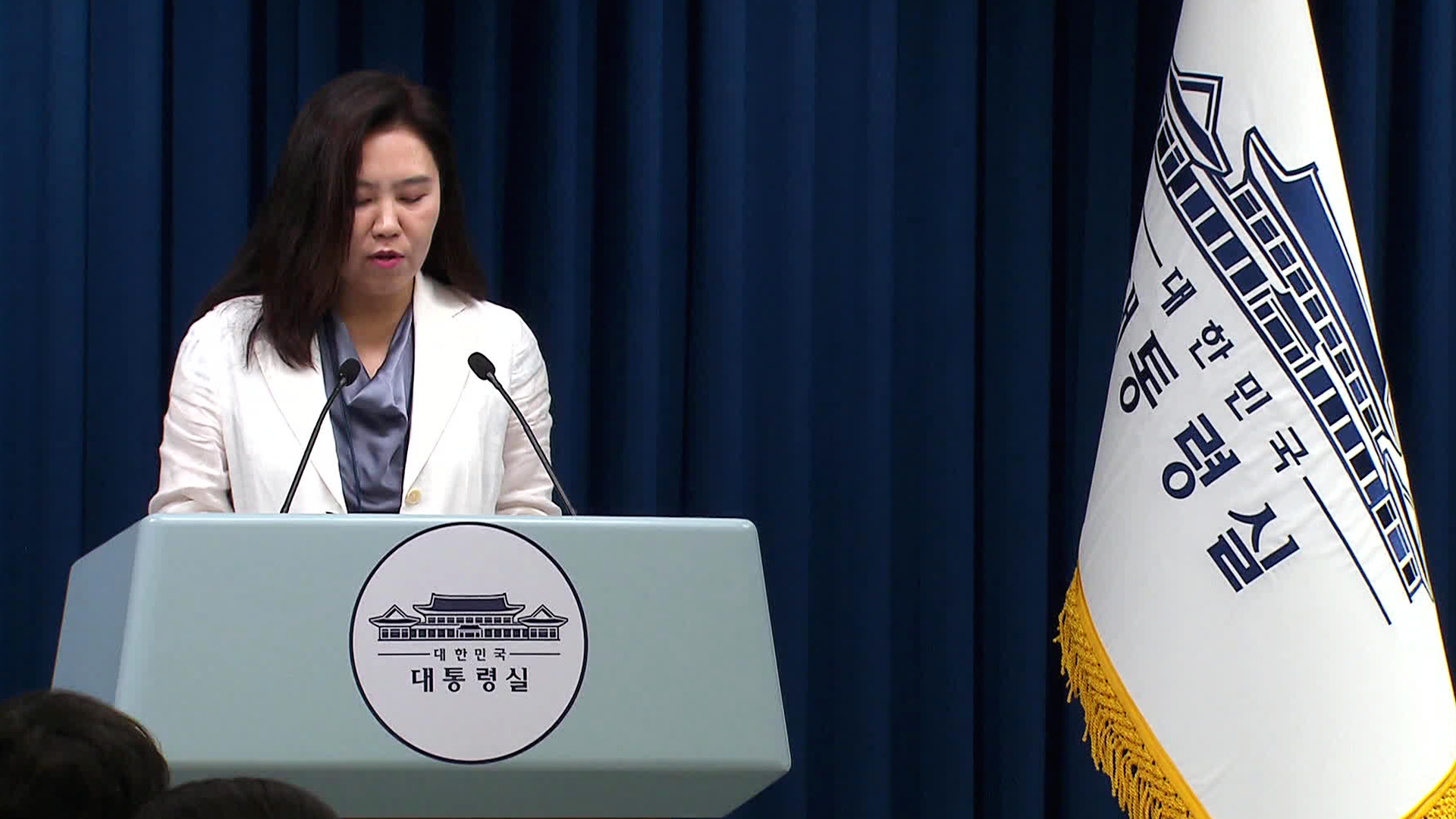

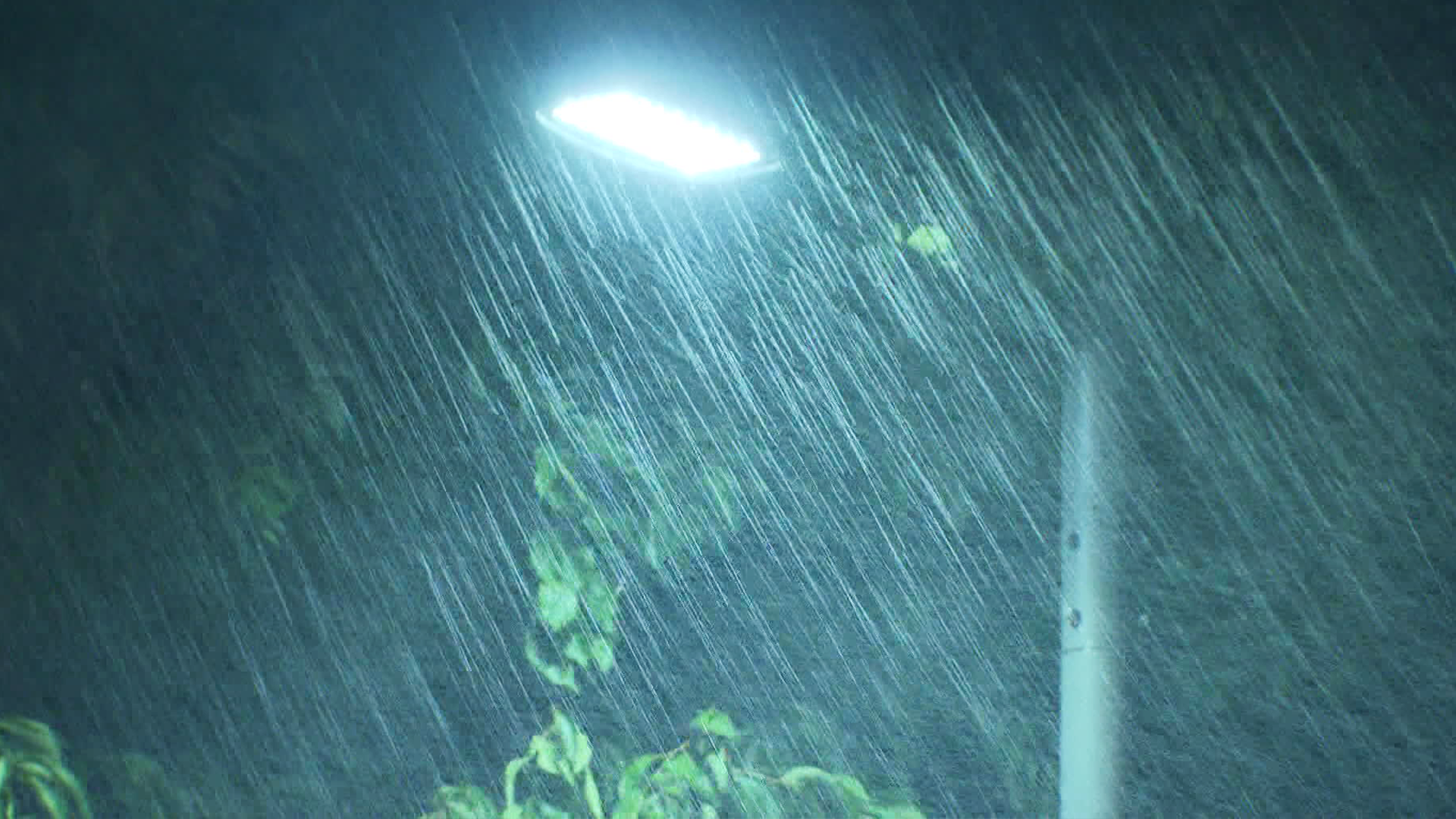
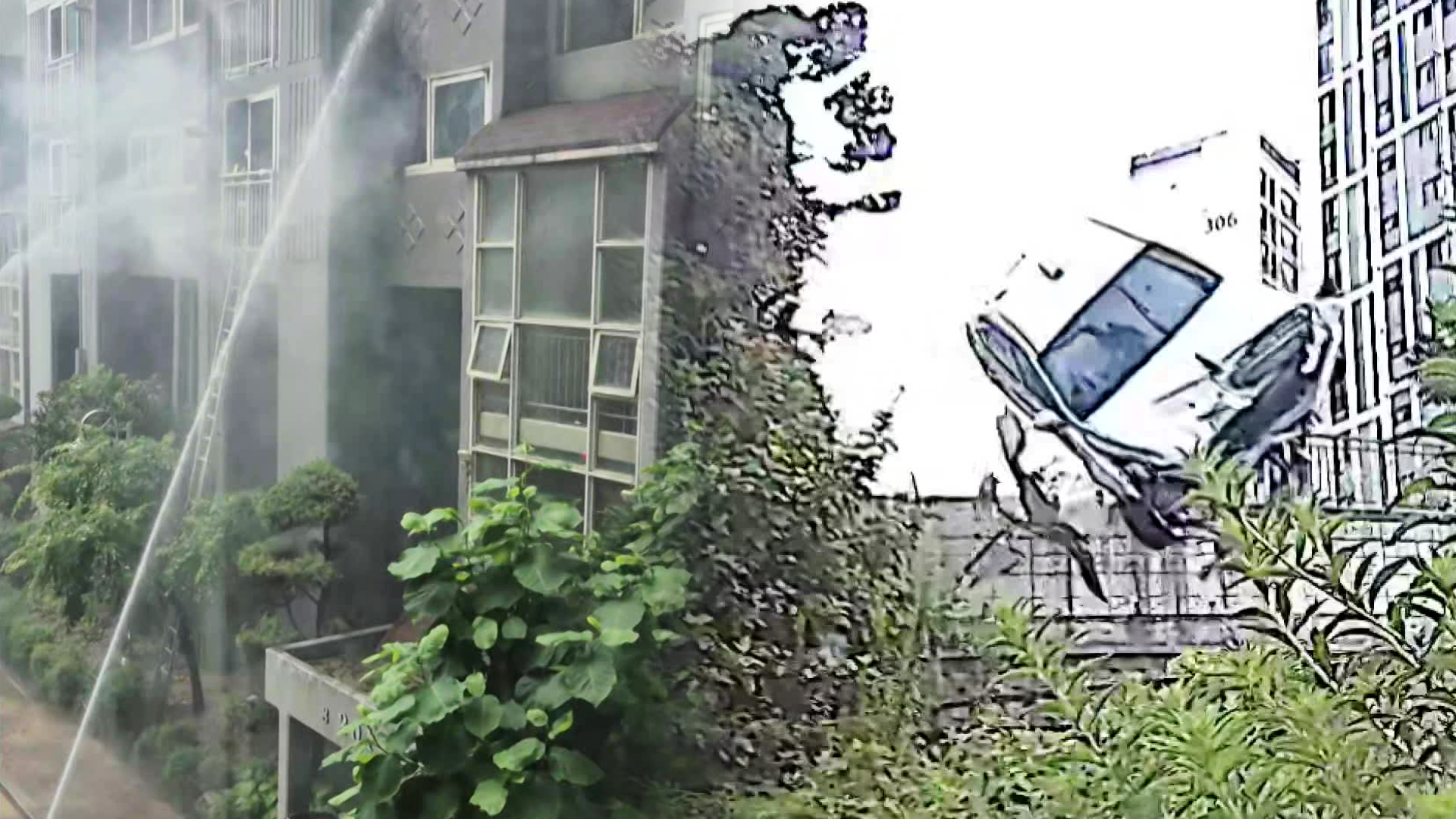

이 기사에 대한 의견을 남겨주세요.